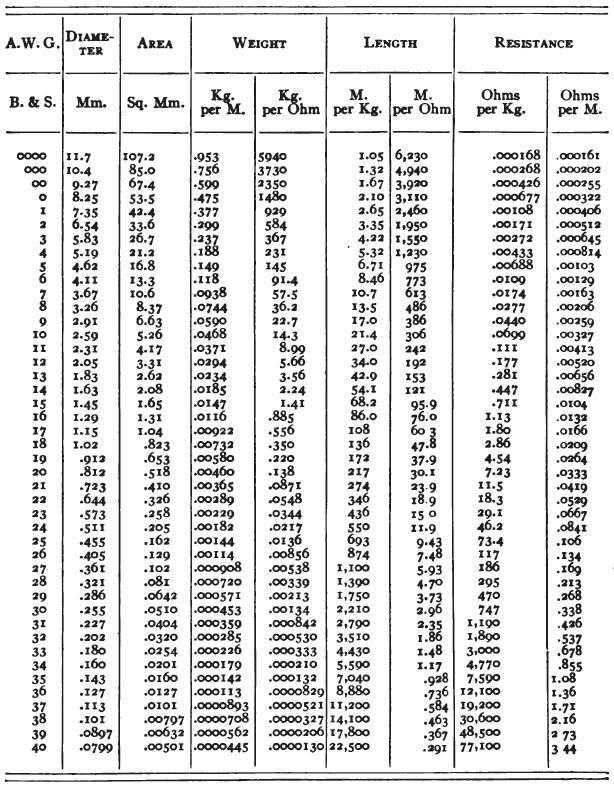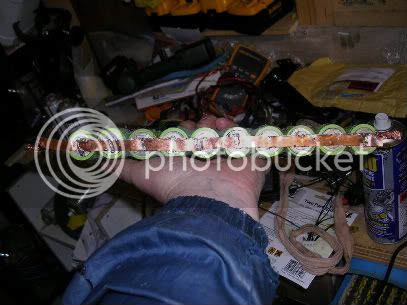The Mighty Volt said:
auraslip said:
Andersons are for ham radios mmmkay?

Seriously...why do so many people buy into the Anderson myth?
Having been involved in electronics and Ham Radio for a very long time, we have seen a lot of poor connectors. The various manufacturers used connectors such as Molex and similar inexpensive connectors that were designed for low current and infrequent reconnections for Ham Radio power connectors, and many of them proved to be unreliable at the higher current levels used by Ham Radio equipment.
Manufacturers did not help by using nonstandard connectors for their equipment, so Icom, Yaesu, Kenwood et al had power cords that were not easily interchanged. This leads to problems especially in emergency operations where a lot of different equipment may share the same 12 volt power grid.
There were efforts to standardize on a connector. Early on this led to a "standard" Molex connector for 10 Amp applications, and a trailer type connector for the 25 amp radios. Neither of these proved very satisfactory. The Molex connectors overheated with use as their resistance increased with each unplug cycle. The trailer connectors never seemed to catch on.
Some emergency services groups chose Anderson Powerpoles and started a new "standard". I was very resistant to these connectors, but eventually tried some. They were dramatically better than the Molex or trailer connectors in many ways, though not perfect. The current required by Ham Radios is generally under 10 amps average but peaks or short term continuous currents up to 25 amps are common on a 100 watt radio. Under this use a properly installed 30 amp Powerpole doesn't even get warm.
The crimpers were a problem. The Anderson crimpers were about $160 and handled only 2 of the 3 sizes of pins. So two crimpers were required. So the amateur community tried to find other crimpers that would do the job. It was not very satisfactory as the barrel needs to be crimped but not distorted too much to fit in the body of the connector. It is vital that the pin move to allow the spring to hold the connector pins in contact under the proper tension. Many connectors were not properly crimped. Many were soldered which worked but made the wires stiff and impeded the spring action the pins use to mate properly.
Eventually West Mountain Radio made a high quality ratcheting crimper that would handle all three connector pins and was more than three times cheaper than the "official" Anderson tool. More recently another tool, the "Tri Crimp" has been introduced and the prices on tools has come down further.
The Powerpoles are fairly well suited to Amateur Radio needs. They are not weather resistant, but generally radios are kept out of the weather. They disconnect easily which is both a problem and helpful in protecting rigs from being yanked off the table or cords broken.
If you look at the specifications for the Powerpoles you will see that they will warm up at 20 amps continuous, and are not a good choice for continuous currents over 20 amps.
I spoke to the West Coast Anderson Sales Manager some years ago. He said the company was quite surprised by all the popularity in Amateur Radio. They make lots of better connectors, but the price of quality commercial connectors as well as their size makes them less suitable for the price sensitive Amateur market. Of course RC is an even more price sensitive market.
What makes the 30 amp Powerpoles work well? They use pure solid copper for the contact, and silver plating which is conductive even when oxidized and has a lower resistance than even gold. They use a stainless steel spring to provide the mating forces. These are the best materials for the purpose. They have a self cleaning wiping action. All these things are combined into a good design at low cost compared to other connectors rated at similar resistance, current capacity and cyclic durability.
What about bullet connectors?
If you actually look at the contact area, and cross sectional area of the current carrying elements in many or even most bullet connectors and banana plugs, they tend to suffer from a couple of problems. One is the spring material is often not a proper material for springs. It loses tension very quickly after a few insert cycles. If the plug carries high current and the spring material heats up it usually loses what little tension it had and things get worse quickly. Another problem is the actual contact and immediately adjacent current carrying cross sectional area is too small. It should be similar to the maximum wire size the connector can handle. While the theoretical contact area of perfectly fitting telescoping cylinders is great, this is not what they have. Their actual contact is a few "lines" or in some cases "points" inside the tube, and even that is not fully down the length of the tube due to the way the forces push the materials together. Consider in detail the contact forces and areas. There is a lot of experience on the net about bullets getting hot at high current and melting things in their vicinity. The rating system they use for current capacity is highly suspect.
Many of the connectors we are using in the ebike business are from the RC market. That is an incredibly cost sensitive market and this leads to marginal designs. While the current levels in RC are high, their life is generally short and their runtimes are relatively brief also. Connector failures are the cause of many crashes but are not always diagnosed. In many cases RC applications have a lot more cooling airflow than a typical ebike application. RC components need to be derated for safe ebike use.
Failures in ebikes can be very expensive and even dangerous. Controllers, batteries even motors may be damaged or destroyed. A severe case might even cause a serious accident. We need to choose more reliable and conservatively rated connectors and treat their installation and inspection seriously.
In my case I plan to use Powerpoles only at currents below 20 amps, such as auxiliary and lighting circuits. For the main power circuit I will move on to higher rated connectors such as SB-50's which are rated at 50 amps but far more capable than the 30 amp Powerpoles at handling overloads. The SB-50's will handle up to 6 gauge wire which the table rated above recommends 80 amp fuses for.
This is serious power we are dealing with. It deserves a bit more respect than it often gets.




